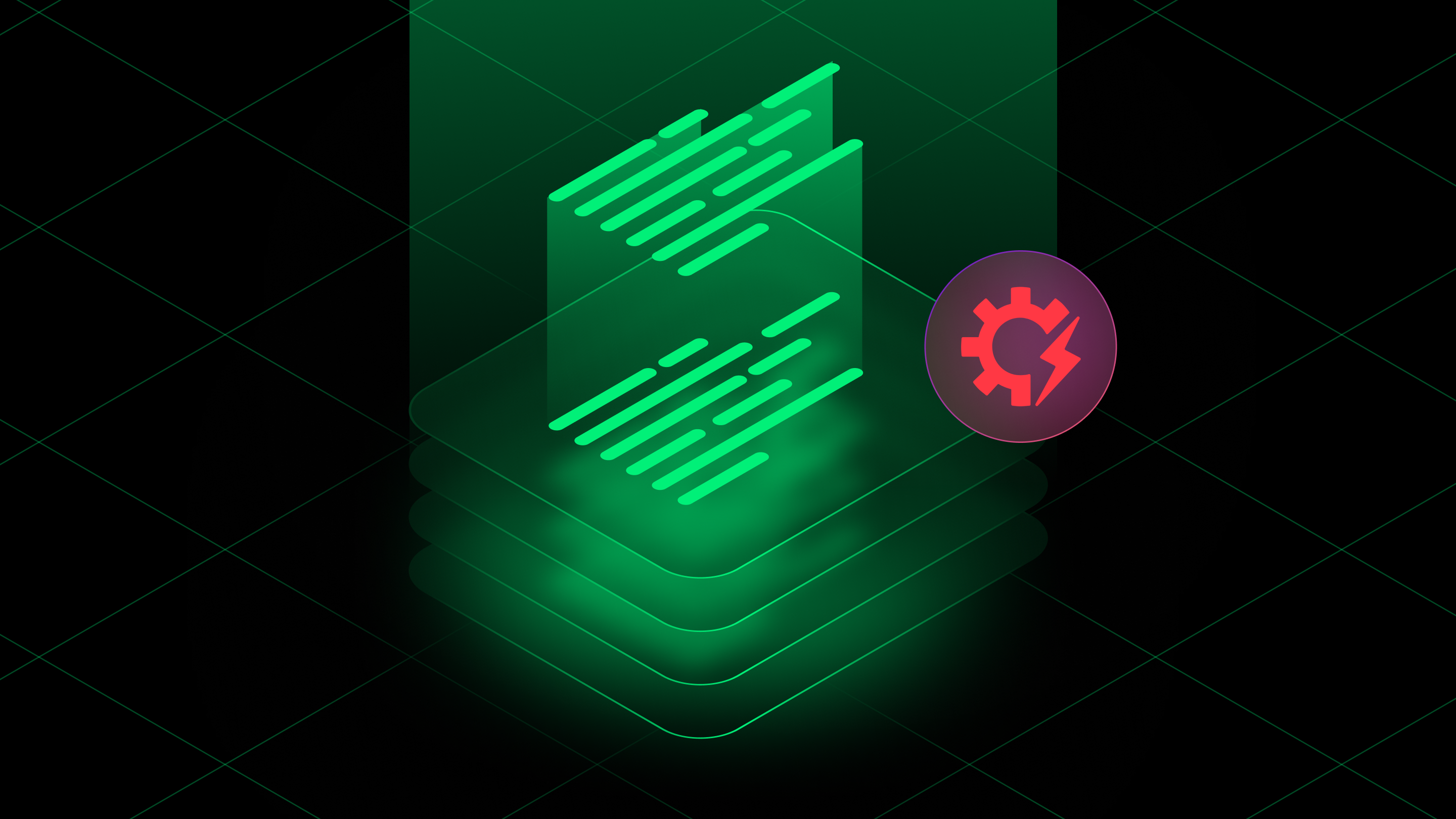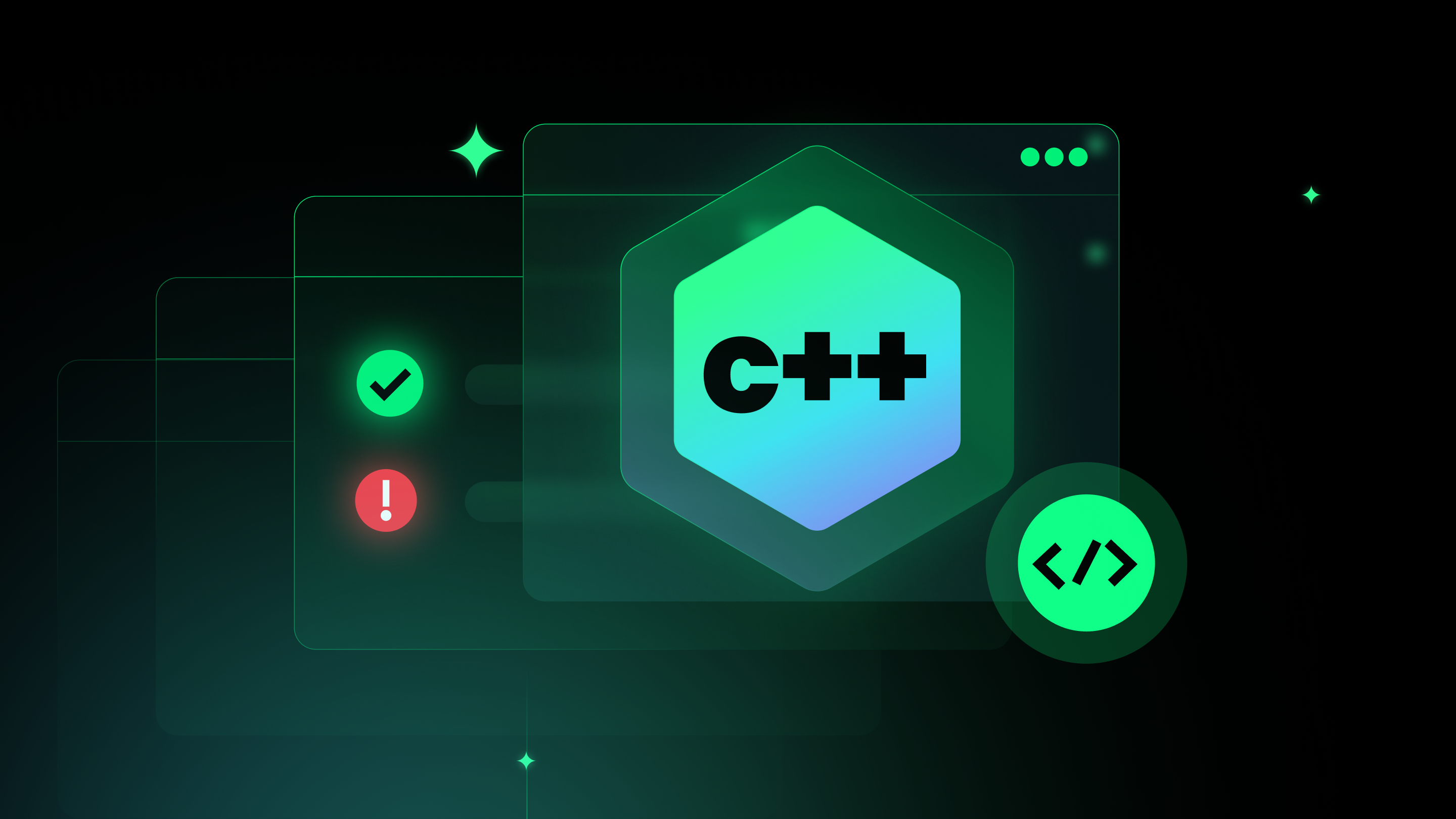Fix Vulnerabilities Faster with Auto Patching and Endor Patches
Automatically patch open source libraries with Endor Patches during the build process, ensuring software is continuously protected against vulnerabilities without manual intervention.
Automatically patch open source libraries with Endor Patches during the build process, ensuring software is continuously protected against vulnerabilities without manual intervention.
Automatically patch open source libraries with Endor Patches during the build process, ensuring software is continuously protected against vulnerabilities without manual intervention.
Automatically patch open source libraries with Endor Patches during the build process, ensuring software is continuously protected against vulnerabilities without manual intervention.
Automatically patch open source libraries with Endor Patches during the build process, ensuring software is continuously protected against vulnerabilities without manual intervention.


Picture this: It's Monday morning, and your inbox has been flooded by another vulnerability alert. The AppSec team has flagged a critical vulnerability in a piece of software that’s everywhere in your codebase. Just to keep things exciting, you’ve got a seven-day SLA to fix it. Wonderful. Now you know exactly what your week looks like—chasing people, cranking out pull requests like a machine, and diving headfirst into a couple hundred Git repositories.
But we all know the real story. What’s your week really going to be? Mostly herding cats.
First, you'll need to open pull requests for all impacted packages and repositories. Then comes the hunt to find the right people—the ones who know the context and have the authority to approve your changes. After you finally track them down, they’ll need to ensure all tests pass before deploying the fix. And if any tests fail, well, guess who’s stepping in to refactor their code? Yep, that’s you.
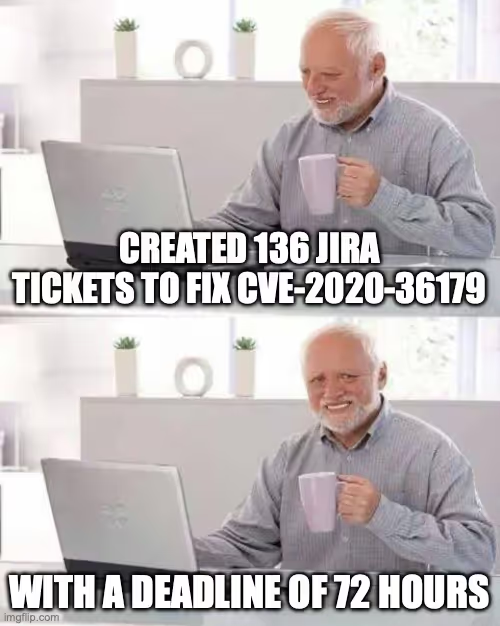
Things get even messier if the vulnerability hides in a transitive dependency (that’s a dependency of a dependency). In that case, you’re stuck figuring out which direct dependencies to update or how to override that nested transitive one. This adds more time, more complexity, and more headaches. And just when you think you’ve finally finished, 💥 bam 💥— a new vulnerability pops up, and the whole cycle starts again. This process doesn’t just slow you down; it grinds productivity to a halt for AppSec and developers. Scaling this kind of remediation effort across multiple teams, conflicting priorities, and tight SLAs? That can stretch into weeks or even months.
There are two big issues that make patch management a challenge: collaboration and complexity.
Collaboration taxes: The hidden cost of coordination
Managing patching across multiple repositories means opening pull requests, finding the right people to approve them, and ensuring everything passes the tests. Add in transitive dependencies, and you’re not just looking for a needle in a haystack; you’re looking for the right haystack. The more people involved, the more time it takes. Every added step is another delay, another email thread, another misalignment in priorities. This is what we call "collaboration taxes."
Complexity in dependency management: Navigating the maze
Dependencies in modern software are a hidden minefield. Each update can bring breaking changes, compatibility issues, or performance regressions. Even minor updates can create ripple effects across your entire application. It's like playing Jenga with your codebase—one wrong move, and the whole thing could come crashing down.
Introducing auto patching from Endor Labs
Updating open source libraries to patch vulnerabilities shouldn’t be a constant disruption. Auto patching with Endor Patches integrates patching into your build process— automatically eliminating vulnerabilities every time you build, without requiring manual upgrades. This minimizes manual intervention and ensures that your software is continuously protected against the latest threats.
- What are Endor Patches? Backported security patches that bring security fixes (and nothing else) to older versions of open source libraries.
- What is auto patching? Auto patching automatically prioritizes patched open source artifacts during dependency resolution, ensuring you're always building with secure, updated versions without changing your code.
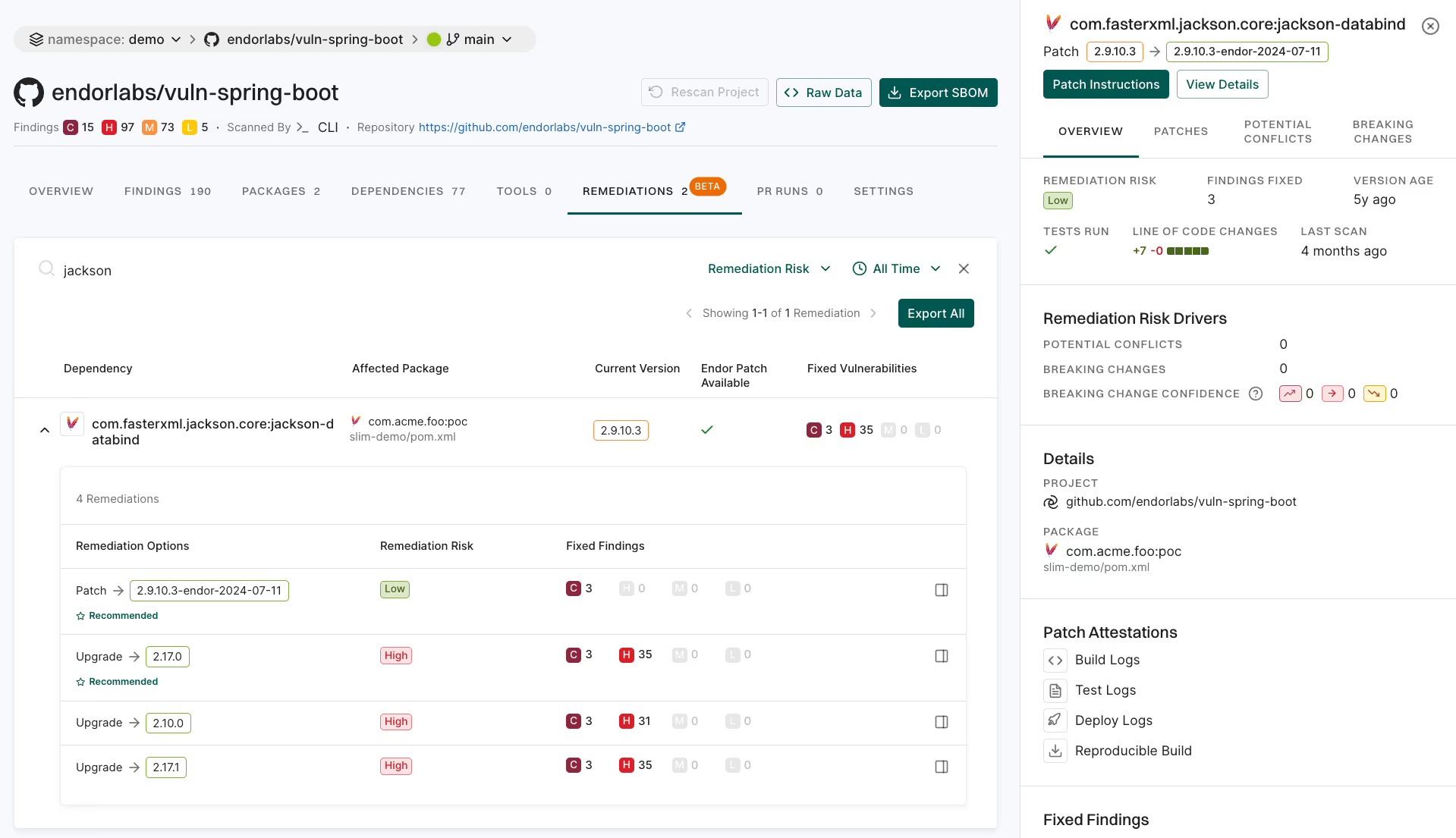
Auto patching isn’t just convenient; it’s scalable. Whether you’re managing a few repositories or hundreds, your vulnerabilities will be patched consistently and automatically, without causing friction for development teams. And if your organization has to comply with aggressive remediation SLAs (such as FedRAMP), automatically patching helps you meet those SLAs without adding more headcount or making tradeoffs.
- No Manual Updates: Endor Labs handles all updates, keeping dependencies secure and up-to-date without manual effort.
- Automatic Protection: Newly discovered vulnerabilities in both direct and transitive dependencies are patched during the next build, providing continuous security.
- Effortless Scaling: Auto patching scales seamlessly across large codebases, allowing you to address vulnerabilities quickly and efficiently without disrupting development.
Reduce collaboration taxes
Auto patching automates the coordination nightmare. Instead of manually creating pull requests and tracking down approvals, patches are applied automatically during the build process. This reduces the back-and-forth, cuts out delays, and lets teams focus on development rather than paperwork. Security patches become part of the background noise of your build process—no more herding cats.
Tackle complexity
Auto patching simplifies the complexity by automatically applying security patches to both direct and transitive dependencies. These patches are designed to be minimal and specific, addressing only the security issue without causing broader changes. This means developers don’t have to manually sift through dependency trees or worry about breaking changes. Your code stays secure without the usual risk of destabilizing the entire application.

Implementing auto patching
To get started, configure the Endor Labs Patch Factory as your primary package repository. This setup prioritizes security patches during dependency resolution, making sure vulnerabilities are fixed as part of your normal build cycle. Then it’s a three-click process to turn on auto patching:
- Go to Manage > Settings in your Endor Labs tenant
- Click Enable Auto Patching Mode
- Save your settings and acknowledge the warning about reproducible builds (more about this below)
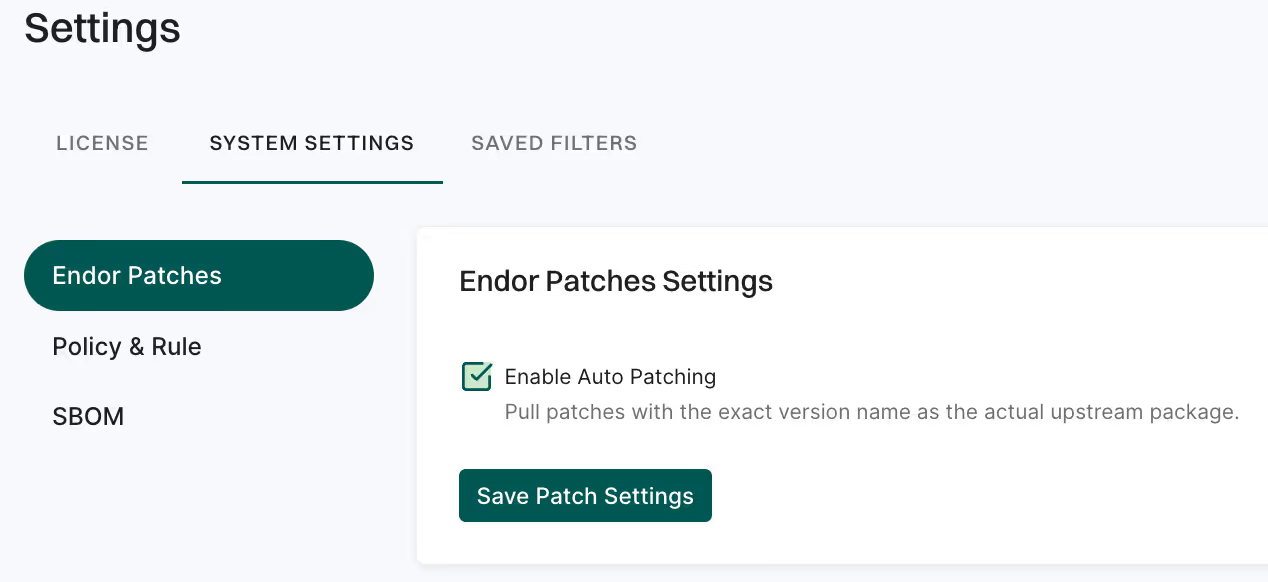
While auto patching greatly simplifies security, there are trade-offs. Automated patching might affect build reproducibility because patches can introduce unpredictable changes. However, Endor Labs mitigates this by applying only the minimum necessary security patch, keeping disruptions to a minimum.
Like the idea of Endor Patches but don’t want to push through automatic patches? That’s ok! We offer the flexibility to patch automatically or manually.
Find what matters and fix it fast
We think you should expect more from your SCA. Secure your open source with:
- Reachability Analysis pinpoints the most critical vulnerabilities.
- Upgrade Impact Analysis prioritizes which risks to address first.
- Endor Patches secure those tricky, hard-to-upgrade packages.
Book a demo to see how Endor Labs can secure everything your code depends on.

